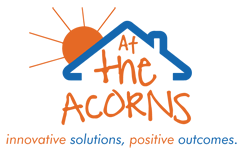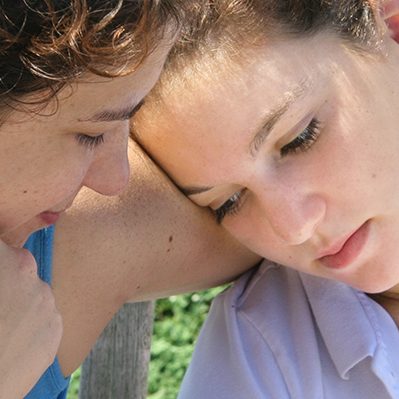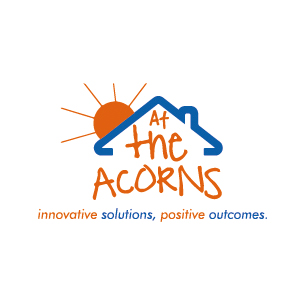- Contact us:
- 01325 466525
- info@acorncare.org.uk

It’s important children are placed with Foster Carers who have the right skills and support
July 23, 2018
Join our family and experience the Acorn difference
August 14, 2018Secure Base Model
Helping infants, children and young people move towards greater security, whilst building resilience, is key to most of the children in care we meet. At the Acorns, we use the Secure Base Model to focus on each and every interaction that occurs between our caregivers and children/young people that we work with. The Secure Base Model also helps us consider how these relationships can enable the child to develop competence in the outside world of school, peer group and community.
It’s helpful to think about caregiver/child interactions as having the potential to shape the thinking, feeling and ultimately the behaviour of the child. This process begins with the child’s needs and behaviour and then focuses on what is going on in the mind of the caregiver. How a caregiver thinks and feels about a child’s needs and behaviour will determine his or her caregiving behaviours. The caregiver may draw on their own ideas about what children need or what makes a good parent from their own experiences or from what they have learned from training. The resultant caregiving behaviours convey certain messages to the child. The child’s thinking and feeling about themselves, and other people, will be affected by those messages and there will be a consequent impact on his or her development.
Five Caregiving Dimensions
Basically each interaction conveys a number of messages to the child and has an incremental effect on that child’s beliefs about him or herself, beliefs about other people, and the relationship between them and others. These influences can affect the child’s functioning and development. At the Acorns, our caregivers are made aware of five caregiving dimensions associated with developmental benefits for the child:
- Availability
- Sensitivity
- Acceptance
- Co-operation
- Family membership.
It is important to bear in mind that these dimensions are not entirely distinct from each other. Rather they overlap and combine with each other to represent developmental benefits to the child that help them move towards greater security. This positive, strengths based approach doesn’t just focus on interactions between the caregiver and the child, it also considers how that relationship can enable the child to develop competence in the outside world and manage often complex relationships with birth family members, which is why it provides a positive framework for therapeutic caregiving.





